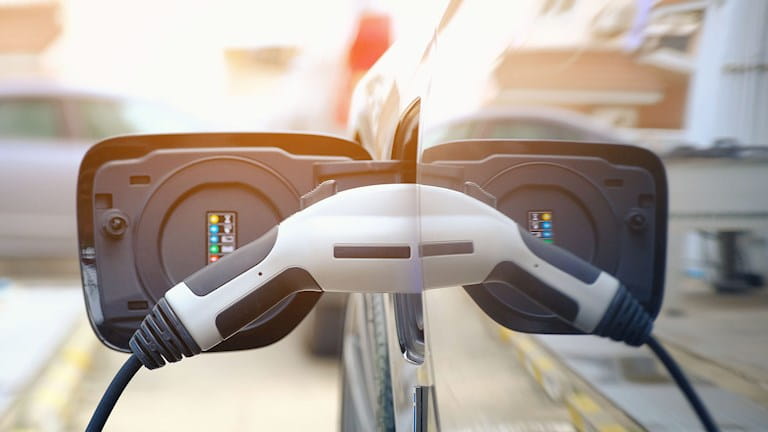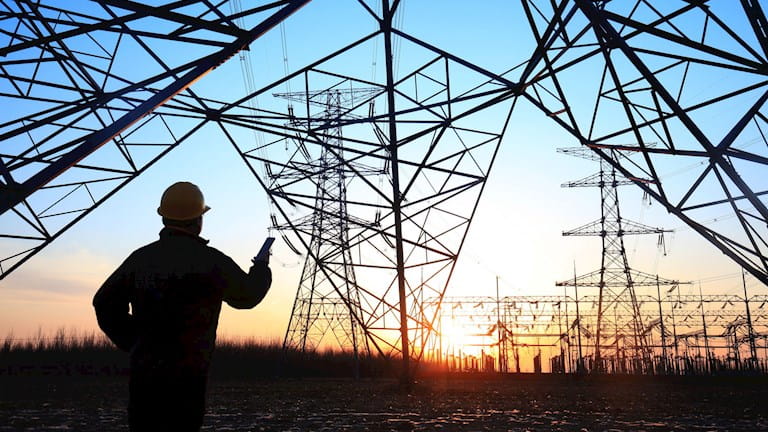Southeast Municipal Electric and Water Utility
Strengthening resiliency and business continuity through storms and other disruptions
What We Did
This utility is used to dealing with storm disruptions. But like all businesses, it experienced new and surprising types of business disruption as the pandemic set in. This unexpected combination of risks prompted the utility to take a fresh look at its current business continuity plans. That’s when it called West Monroe.
We’ve worked with the utility before—including piloting time-of-use rates, developing corporate strategy, and benchmarking customer experience and marketing performance—and executives knew they could count on both the quality of our work and our blend of operational and technology expertise.
We led the utility through a rapid but comprehensive assessment of current storm preparedness and emergency response plans, policies, operations, and observable procedures. In less than six weeks, we equipped the utility with a plan for increasing resiliency—and confidence that it is prepared the next time adversity strikes.
$20M
estimated costs avoided by mitigating identified risks
100+
employees engaged in virtual tabletop exercises
5
utilities included in best-practices benchmarking
Project Timeline
The Challenge
While storms are a known risk for utilities, we’ve all learned that it is impossible to predict and prepare for everything that could come around the next corner. Resiliency is key. To that end, the utility wants to make sure that, in the event of a storm or any other emergency, it can maintain essential services and functions, minimize customer and employee disruptions, and resume normal operations efficiently and safely.
The utility asked us recommend best practices and solutions for increasing resiliency to COVID-19 and future emergency threats, including steps that will:
- Reduce down time
- Increase workplace safety
- Secure data
- Minimize risks to employees, customers, facilities, and financial security
An Undeniably Different Approach
Our multidisciplinary team brought utility industry experience, as well as technology, and operations expertise. This enabled us to offer diverse viewpoints for identifying and mitigating potential risks.
Instead of just focusing on a few departments and holding one-one-one meetings, we took the utility through a tabletop simulation involving a scenario where the utility simultaneously faced a storm and a pandemic-related closure of business facilities. As input for the exercise, we incorporated the FEMA Continuity Guidance Circular 1 (CGC 1). We also benchmarked the utility’s processes and capabilities with five peers to identify leading practices.
Given social distancing protocols, we conducted the event virtually, including organizing multiple breakout rooms. More than 100 employees from all key departments, including the general manager, participated in the simulation – bringing a true-cross functional perspective to the exercise.
The utility uses such simulations annually for storm preparation. But our independent perspective and best practices for facilitating this type of exercise added depth to the output – and increased its impact.
Outcomes
- Documented, quantified, and prioritized weaknesses in current business continuity plans
- Detailed assessment of risks specific to pandemic planning
- Recommended risk mitigation approach for each high-impact risk, including a set of recommended actions and best practices
- A simple plan that the utility can cascade through its organization
Returns You Can Measure
The simulation exposed several risks that the utility had not considered prior to the pandemic and for which it was not prepared. Using insight gained during the project, the utility now understands the proactive steps it can take to optimize its response times, restore services faster, and improve employee morale in a storm, pandemic, or other type of large disaster scenario. The utility now has a better documented plan. And our analysis projected that, by taking these steps, the utility can avoid $20 million in costs due to power outages, slow response time, or inadequate customer service.





.png?mw=400&mh=100&iar=0&as=1&hash=E92F955389AF8D0D1713453E8F092403)









.png?mw=400&mh=100&iar=0&as=1&hash=C61648826932876E29BEB8C11B66F69E)

